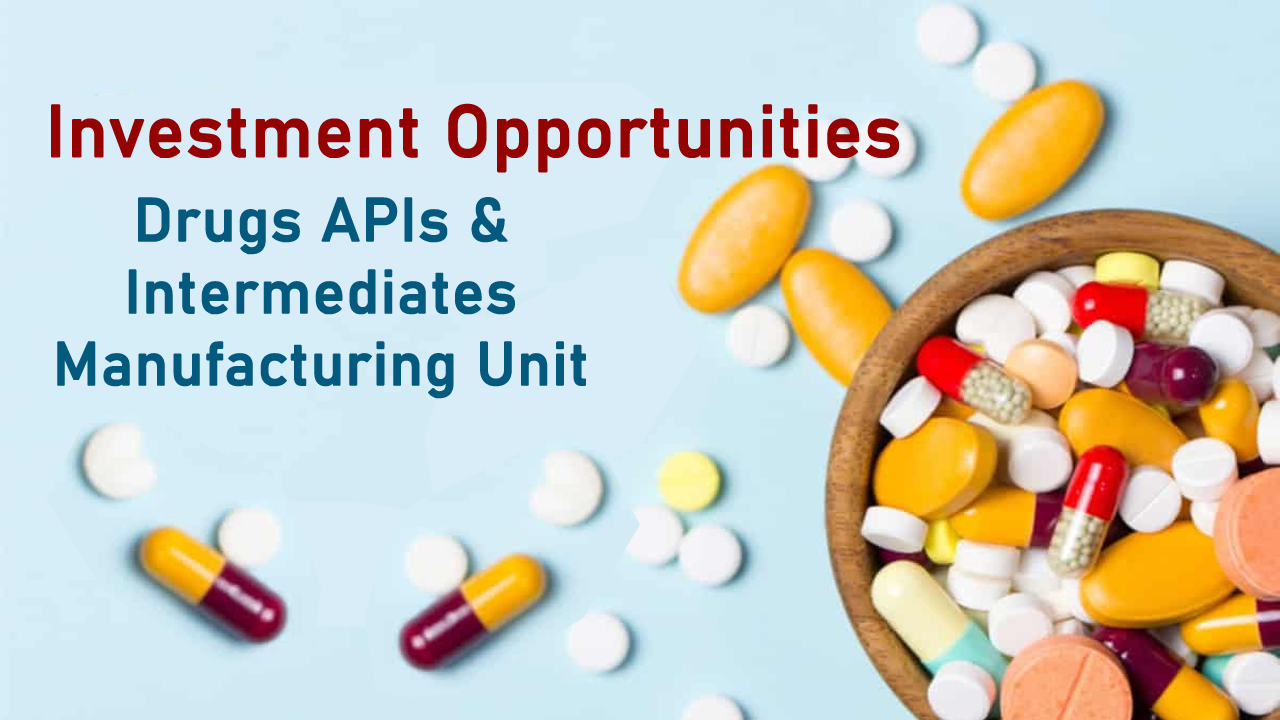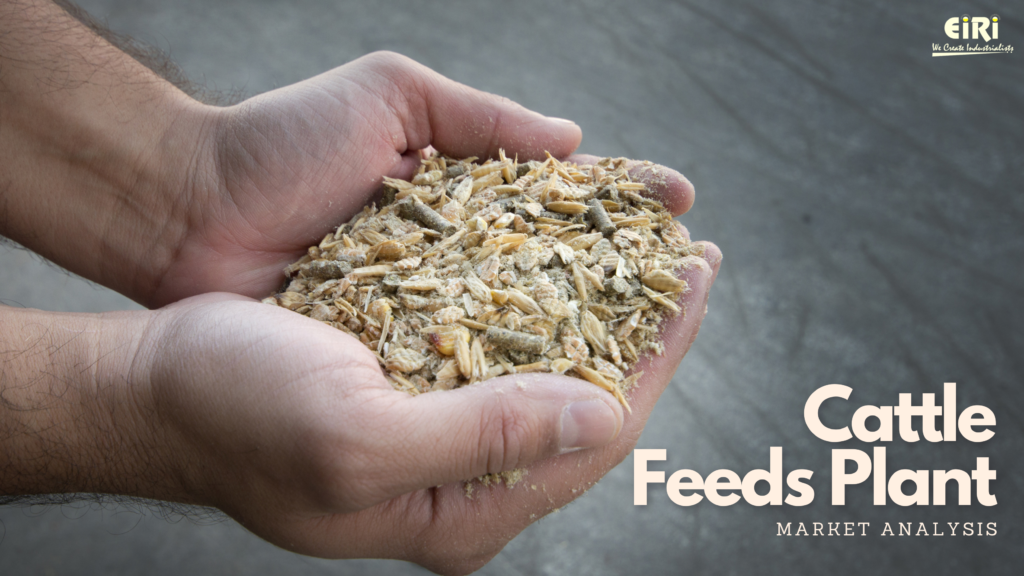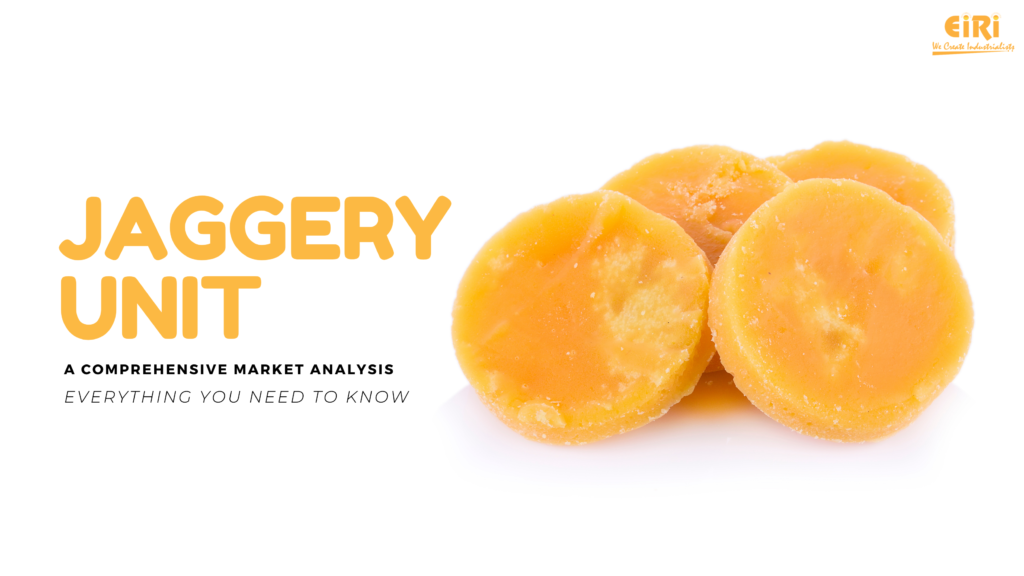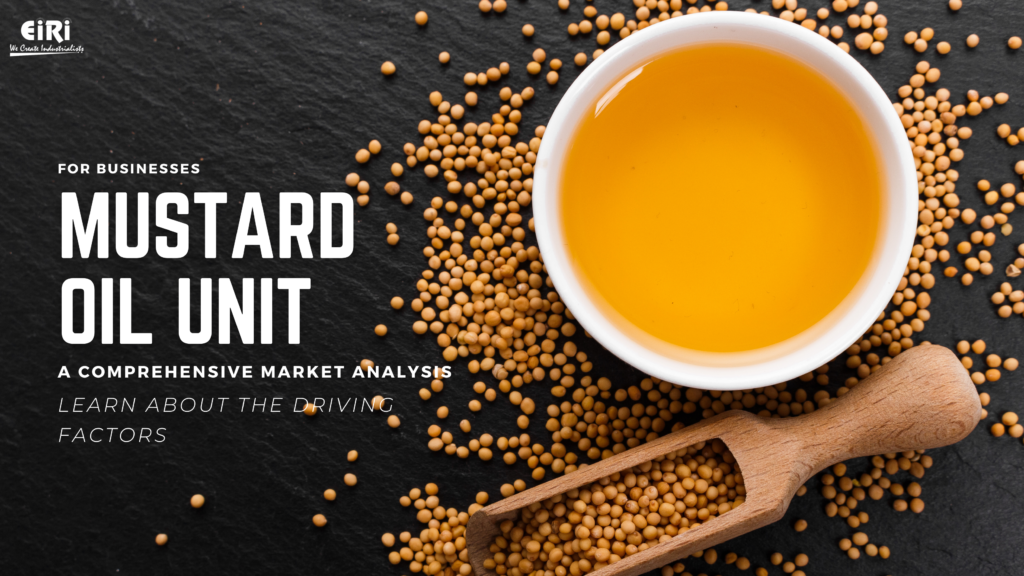Investment Opportunities in Drugs APIs & Intermediates Manufacturing Unit
The COVID-19 pandemic ongoing reflects good light on the Indian Pharmaceutical sector, but it also has revealed the shortcomings of the sector. The Indian pharmaceutical sector has good reasons to export hydroxychloroquine in millions of doses. Though, it did not cure coronavirus. There is evidence of recovery in countries such as Brazil and the United States.
The disease, an initial outbreak was in China. It was a crisis that nearly 70% of APIs supplies were for China as imports, as the main raw material. There were worries about the pharma sector to produce a large capacity. Due to this challenging situation, several economic bodies started addressing a new policy to ascertain the manufacturing of pharmaceutical intermediates and APIs within the country. The aim was to reduce the API dependency on China.
Thereby, the government is building API parks, offering a chance to the pharma companies to integrate and begin producing intermediates and APIs. Of course, to produce specialty chemicals, there is a need to know the manufacturing steps that converts into a tablet from the naturally-found products.
What is a Drug?
A drug, in pharmacological terms, is a chemical substance evoking a biological effect on administering into a living organism. Any biological response such as a preventative or cure of disease or even alleviating symptoms is welcome.
A drug’s key component is API (active pharmaceutical ingredient). It is an active compound acting on the body producing the expected response. A drug may present a combination, such as potassium clavulanate and amoxicillin, forming an efficient antibiotic.
However, a drug does not complete only with API as the component. It contains various components to play roles. Binders assist in bringing different components together, while under specific conditions, the disintegrants break the tablet apart, due to highly acidic conditions in the stomach. Sweeteners, flavors, and coatings make drug palatable. The ingredients receive added benefits, such as protection from moisture in the air, and the tablet improves with the color.
Favorable to India
Making a drug finally as a tablet means it must have specific API and correct composition. Making a drug involves a mix of ingredients, powder compaction, and a suitable coating. While the capsules have API containing powder, and the encapsulation is in Hypromellose or gelatine.
Converting API in the final step to a drug dosage is a skill that Indian pharmaceutical companies are proficient in.
The problems arising during COVID-19 is mainly due to the APIs and intermediates unavailability. The API global market in 2019 stood at $182.2 billion, while in 2024, the anticipation is to reach $245.2 billion. Indian pharma is hopeful about having more intermediates and APIs as India made so that the Indian market receives massive and higher opportunities here as India made.
Value opportunities
The Indian pharmaceutical sector opportunities are open to intermediate compounds and active pharmaceutical ingredients. Many companies in this sector synthesize organic compounds in large amounts. They enter this space to become drug manufacturers such that they help in pharmaceutical production. In this way, India can have many manufacturing jobs for people in India and bring value opportunities towards the prosperity of the country.
Many drug manufacturers exist in the API production business, but it is not adequate to match the capacity of drug production in the existing scenario. Thus, there is a need to import from China.
With this business environment, the government can use this opportunity to seize and make India the intermediates and API new global hub. The API industry in India in the 1990s was much ahead of China. However, with the bundle of benefits, including cheap utilities such as power and water, free land, and other financing negligible costs, China became the lead, and the APIs global leader today. It is now making the Indian Pharmaceutical companies rely on the raw material manufacturers of API from China to come.
There is a need to make India the API hub so that it can set up as intermediate parks and API, and the companies receive benefits relating to financing and utilities. Many companies even now are not ready to enter this space as the number of regulations is high in the pharma sector. The government has to ease the regulations so that companies set up intermediate or API manufacturing plants. Addressing the problem is a must so that chemical companies identify their capabilities and seek entry into this exciting sector.
FAQs
Q: What are the steps that the government is considering to fulfill the APIs production shortage?
The government is working on the Pharmaceuticals Department to restore a balance in the APIs export and import. It is working to bring drug security within the country through drugs and APIs production. The task force includes detailed and wider consultation with other industrial associations. There is a need for more than 50 APIs, and the domestic production strategy is yet to address.
Q: Domestic production of medical devices?
India is importing medical devicesnearly 85%. Though India is producing medical devices indigenously, it relies on importing the high-end ones in four categories, such as implants, anesthetic, radiotherapy, and radiology.
Q: What is the standof the government in its drug security commitment?
The Indian government is committed to assuring drug security. Few crores are set aside for the four categories of medical devices and also for bulk drugs manufacturing, aiming to attain drugs national security.
Q: Will there be self-sufficiency in API production?
The Cabinet has given its nod for all the four categories. The bulk drug schemesare in anticipation to come covering a 1000 acre as minimum area as three bulk drug parks. The center will be providing Rs. 1000 crore as grain-in-aid to create standard facilities such as distillation plants, steel and power units, solvent recovery plants, and common treatment plants, etc.
Achieving the outcomes as self-sufficiency in drug security, ensuring various essential drugs available at reasonable prices, and reducing imports is a dream that will be coming true within a decade. It may seem a long time, but drug manufacturing needs enough time to prove its acceptance.




